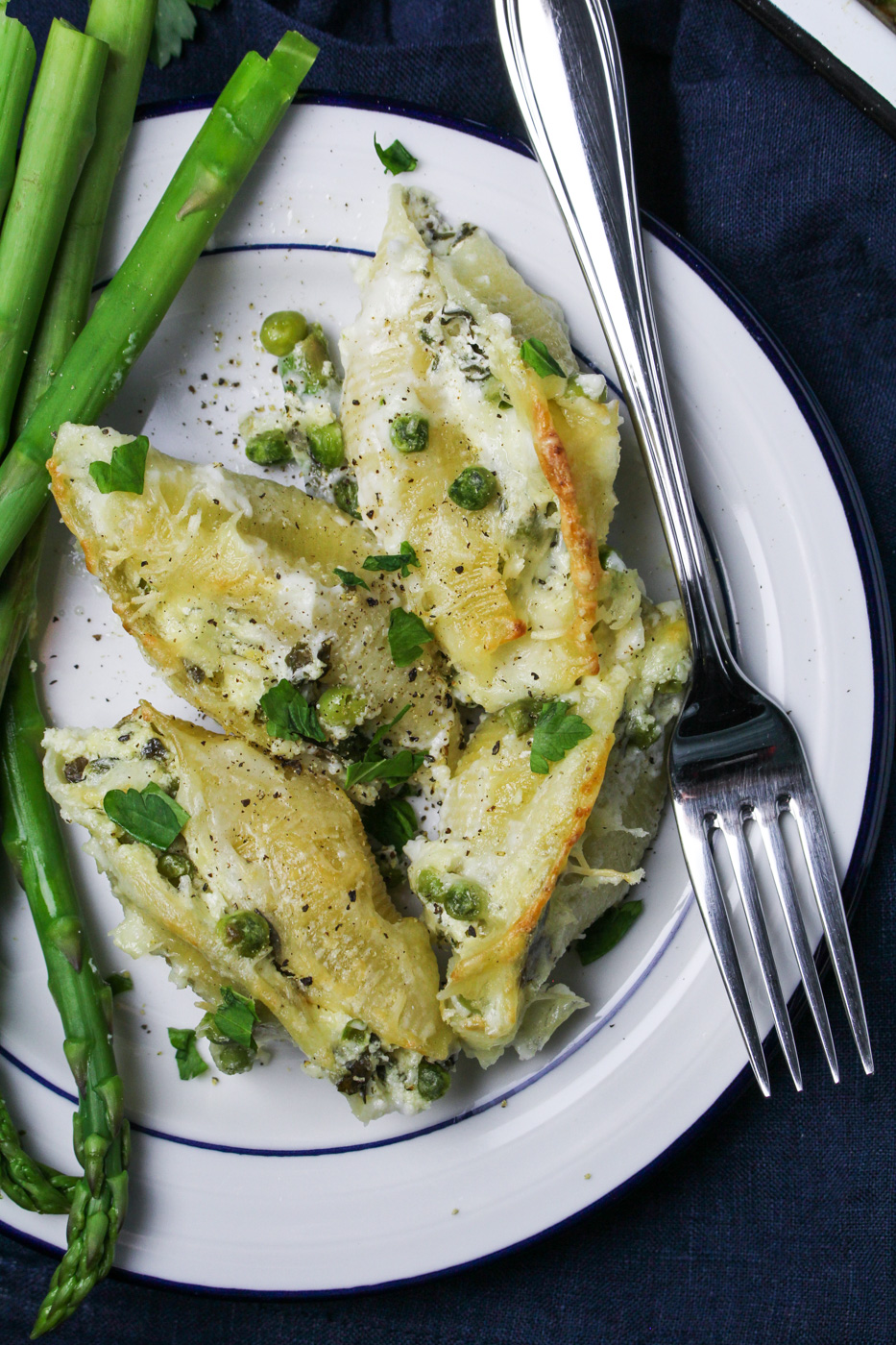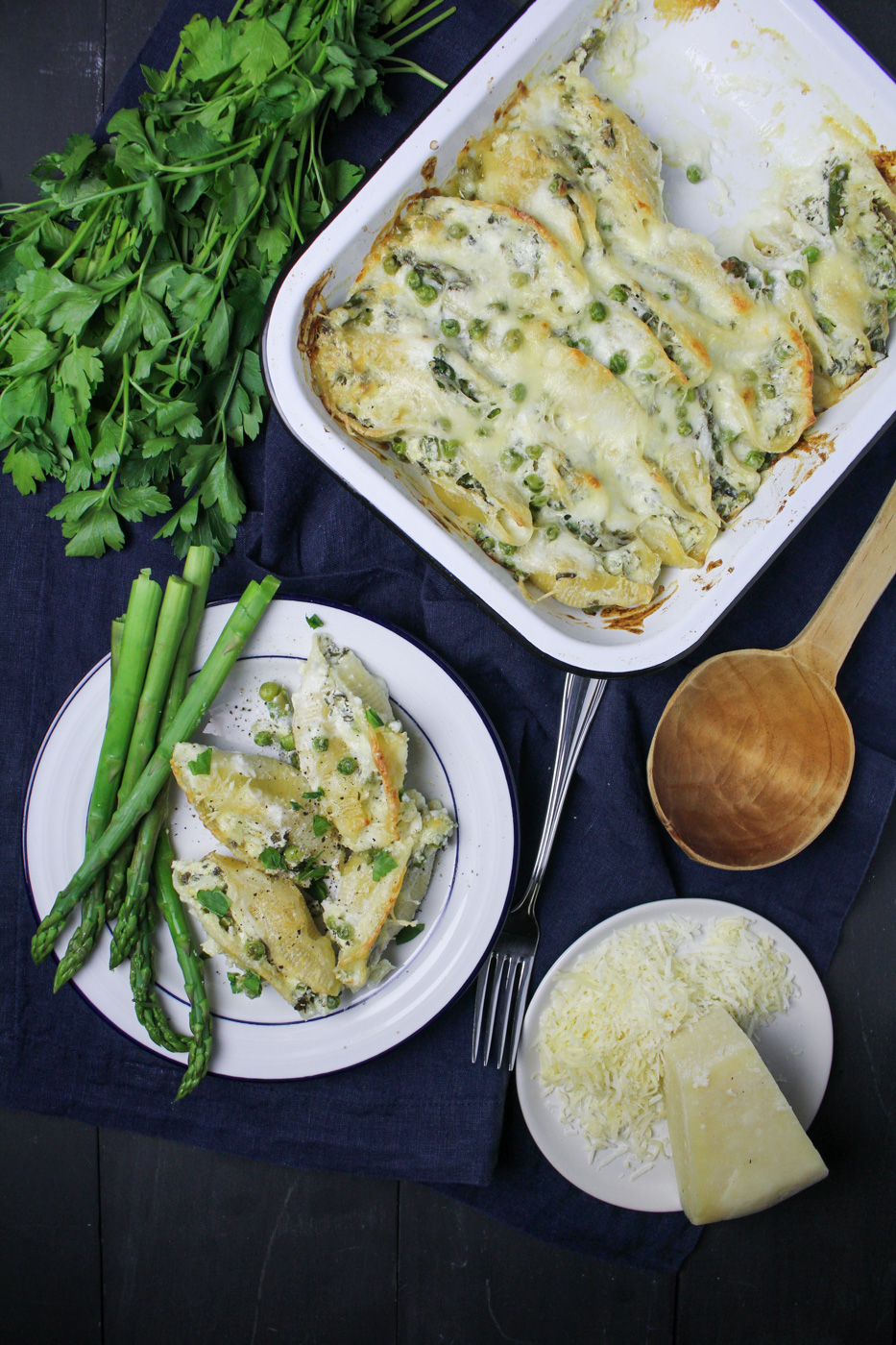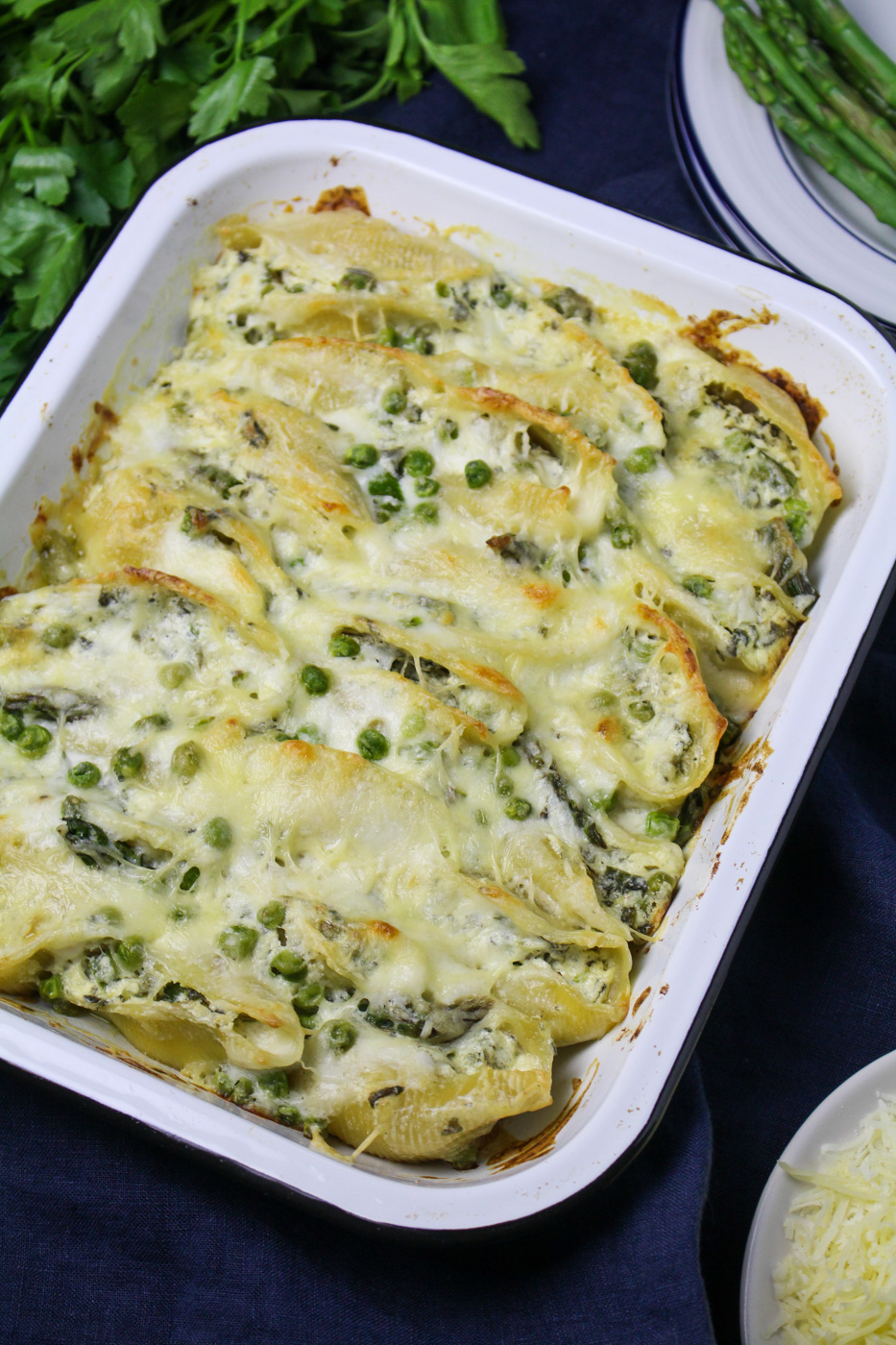At this time of year I get so anxious for spring to arrive. The first few weeks of April are a special kind of torture for New Englanders. One moment it’s 70° and sunny and I’m sure that it’s time to plant the tomatoes, and the next day I’m wearing three layers while trodding through the rain. Every year I find myself scrolling back through my Instagram feed trying to find the moment when spring arrived. When did the apple trees bloom? When did the crocuses pop? It had to be earlier last year, didn’t it?
Slowly but surely, it’s coming. We had a weekend with a hint of sunburn, a beer on the porch in the afternoon, and a promise of more warm days to come. The peas have sprouted and we check on them three times a day, the only denizens of our garden so far. The trees are in that tentative green stage, and I find myself looking up every 10 minutes, as if they may somehow magically burst into blossom over the course of an afternoon. But that’s how it feels when it finally happens, isn’t it? One morning the gray branches and bare against the spring blue sky, practically bursting with anticipation, and the next somehow everything is green and lush.
But all this is the essence of spring, is it not? The uncertainty, the anticipation, the oscillation between summer and winter. So, thank you, spring, for showing up. For teasing us with sunshine and letting us plunge our hands into the soil. For the first signs of green and even for the cool nip in the wind. I promise to enjoy every moment of you, the most fleeting of seasons. I’ll enjoy the rainy days with fat raindrops pounding against the roof. I’ll enjoy every blossom you toss our way – first, the purple and yellow crocus tips, then the showy magnolia blooms, the showers of pink apple blossoms and the regal irises.
Because every season needs at least one or two go-to pasta recipes, I’ve been developing spring pastas. I’m trying to build a collection for each season, like this Creamy Mushroom Pasta and this Heirloom Tomato Spaghetti. And now, my latest for spring – Goat Cheese Stuffed Shells with Spring Vegetables. They have all the usual spring suspects – peas, asparagus, goat cheese, lemon – tucked inside thick pasta shells. The filling also includes ricotta, mozzarella, and chopped spinach. So much cheese! So many vegetables! The finishing touch is a quick bechamel sauce and just a little bit more cheese before baking.
A word of warning: these contain an almost lethal amount of cheese, as you might have guessed from the above. Pace yourself and remember that this batch should serve 8-10 people! Four or five shells is a good serving size, and it’s easy to wolf them down. Serve alongside a salad or some bright steamed asparagus for balance.
Like what you just read? Subscribe to Katie at the Kitchen Door in the box on the right, on Feedly or Bloglovin‘, or follow along on Facebook, Twitter, Pinterest, and Instagram. Thanks for reading!
Goat Cheese Stuffed Shells with Peas and Asparagus
A Katie at the Kitchen Door original recipes. Serves 8-10.
- One 12-oz. box of jumbo pasta shells
- 6 oz. soft goat cheese
- 1 lb. ricotta cheese
- 8 oz. mozzarella cheese, grated and divided
- 1 egg
- 1 cup (6 oz.) frozen spinach
- 2 cups frozen peas
- 1 lb. asparagus, ends trimmed
- 1/2 tsp freshly ground black pepper
- zest of 1 lemon
- 3 TBS butter
- 3 TBS flour
- 2 1/2 cups milk, warmed in the microwave
- sea salt
- Bring a large pot of salted water to a boil. Add the pasta shells and cook for the amount of time specified on the packages. Err on the side of undercooking the pasta just a little bit – if you overcook the shells they are more likely to fall apart when stuffing. Drain the shells and set aside.
- In a large bowl, beat the goat cheese until smooth and creamy. Add the ricotta cheese and 6 oz of the mozzarella cheese and stir to combine. Reserve the remaining mozzarella cheese for topping the shells. Add the egg to the cheese mixture and beat slightly, stirring to combine evenly with the cheeses.
- Add the frozen spinach to a microwaveable bowl with a little bit of water. Microwave until fully thawed, about 90 seconds to 2 minutes. Use a spoon to press any excess liquid out of the spinach, draining the liquid out of the bowl. When the spinach is dry, add to the bowl with the cheeses and stir to combine. Now add the peas to the microwaveable bowl with a little water and microwave for 60-90 seconds to defrost the peas. Drain the liquid from the bowl and add the peas to the spinach and cheese mixture, stirring to combine.
- Bring a large pot of salted water to a simmer. When simmering, add the asparagus and blanch until bright green, about 90 seconds. Drain immediately and rinse the asparagus under cold running water to stop the cooking. Cut the asparagus into small pieces, about 1/4 inch to 1/2 inch long, and add to the cheese filling. Add the lemon zest and black pepper, stir to combine, and set aside.
- To prepare the bechamel sauce, melt the butter over medium-low heat. Add the flour and stir into the butter. Cook the flour and butter, stirring constantly, until fragrant and just beginning to color, about 2 minutes. Slowly pour in the warm milk, stirring as you do to incorporate the milk into the roux. Cook the bechamel, stirring the whole time, until it has thickened enough to coat the back of the spoon but still runs freely when lifted. This should only take 2-3 minutes. Remove from the heat and season to taste with sea salt.
- Preheat the oven to 350°F. Spread a little bit of the bechamel sauce on the bottom of a 9×13 inch casserole dish (to help keep the shells in place as you fill them). Working one at a time, spoon the cheese and vegetable mixture inside the pasta shells, using about 1 1/2 to 2 tablespoons of filling per shell. As you stuff them, line the shells up on the casserole dish in a single layer. Pour the bechamel sauce over the top of the shells, then sprinkle the reserved grated mozzarella over the top. Bake for 30 minutes, until cheese is golden brown and bubbly. Serve warm.






Leave a Reply